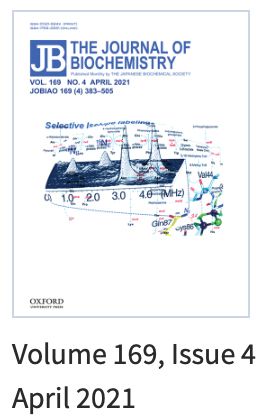Project Summary
- A New Approach to Describe the Active Site Features in Biological Metalloenzymes -
A deeper understanding of metal complex reactivity helps not only to explain observations but also to generate systems of predictable function. The structure of a metal site critically influences the fine-tuning of redox and/or catalytic activities in metalloenzymes, where protein crystallography serves as an excellent technique for determining metal ion stoichiometry, locating metal ions within a protein fold, and identifying amino acid ligands. However, the geometric and other metrical parameters depend critically on resolution in protein crystallography; fine details (e.g., locations of protons or identity of certain light atoms) can remain ambiguous, and not every bond or exogenous ligand depicted by using a protein viewer may be taken as the ultimate truth. The electronic structure of the biological redox center and its magnetic interplay with the immediate protein environment, which can be best addressed through the combined efforts of spectroscopy and crystallography, are among the keys in the redox chemistry of life: they are major determinants of the redox and/or chemical reactivity of metalloenzymes, and the lack of information thereof translates to uncertainties in the theoretical analysis.
The Chemistry of Life Processes (CLP) Program in the Division of Chemistry of National Science Foundation (NSF) supports work of Prof. Sergei Dikanov of University of Illinois at Urbana-Champaign for an International Collaboration in Chemistry (ICC) with Dr. Toshio Iwasaki of Nippon Medical School, Japan, and Dr. Takashi Kumasaka of Japan Synchrotron Radiation Research Institute (JASRI)/SPring-8 to study the influence of the protein environment on the electronic structure of the reduced [2Fe-2S] clusters, in which the ligands to the Fe(II) site can be (Cys)2, (His)1(Cys)1, or (His)2. This project will explore the complete three-dimensional landscape of the unpaired spin density distribution over the cluster and neighboring key amino acid residues in order to identify the residues having the major influence on the electronic structure of the reduced [2Fe-2S] cluster in hyperthermophilic tractable iron-sulfur proteins. To achieve the goal, a complementary set of multifrequency pulsed EPR approaches will be applied to wild-type proteins, using frozen solutions and single-crystals, and to proteins with uniform and site-specific stable isotopic (2H, 15N, 13C, 57Fe) substitution. The spectroscopic approaches will be combined with ultrahigh-resolution X-ray crystallography, and theoretical calculations. This project will provide good training opportunities to young scientists who will gain invaluable multidisciplinary international research experience via bidirectional visits. This project is jointly supported by the NSF and the Japan Society for the Promotion of Science (JSPS).
All major electron transfer chains in biology incorporate iron-sulfur clusters, and the environment of the cluster is the main determinant of the redox and/or catalytic activity. Their roles in catalysis of energy conversion are of central importance in aerobic respiration, photosynthesis, hydrogen metabolism, and many interrelated metabolic processes. Our understanding of these determinants is essential to a deeper knowledge how these processes work, and of critical importance in knowing how to optimize such processes, for example in bioremediation, generation of biofuels and biodegradation of some toxic compounds.
up
 HOME
HOME
 Go to the JSPS ICC website
Go to the JSPS ICC website JSPS側プロジェクトは、2014年3月末で終了しました。関係各位に厚く御礼申し上げます。
JSPS側プロジェクトは、2014年3月末で終了しました。関係各位に厚く御礼申し上げます。
 当研究グループにて日本学術振興会(海外)特別研究員PD等をご希望される方は、
当研究グループにて日本学術振興会(海外)特別研究員PD等をご希望される方は、
